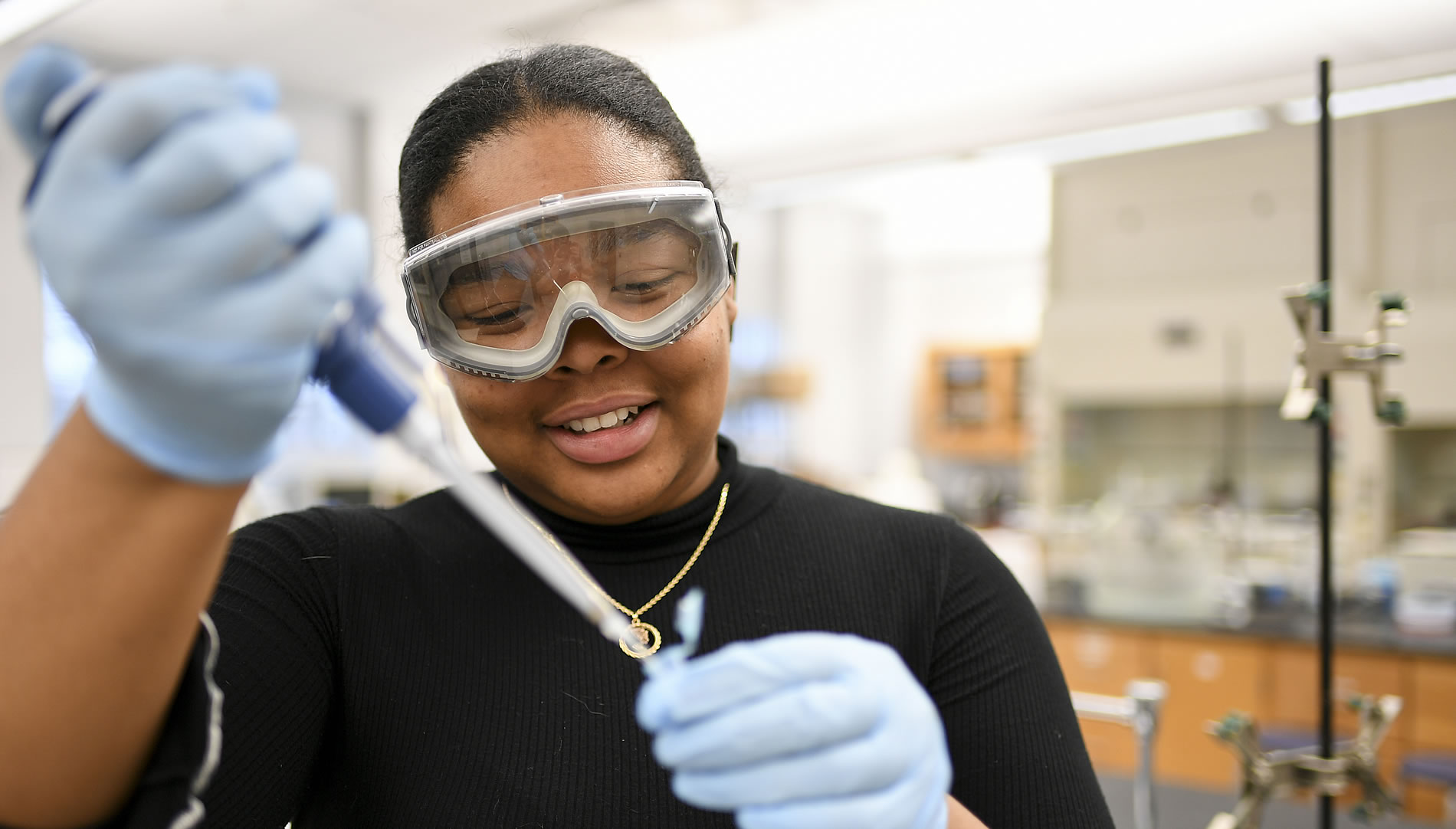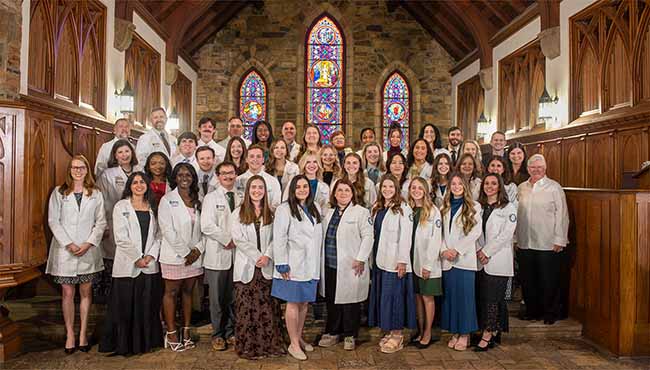Anyone in the early stages of evaluating their college options quickly discovers that there’s a lot to learn. While researching institutions is essential, you need to be careful about trusting everything you hear. When comparing public versus private colleges, for instance, you’ll likely come across a lot of misconceptions that simply aren’t true.
How do you separate fact from fiction? Start uncovering the truth about private schools right now.
6 Myths to be aware of when weighing public vs. private colleges
Though there may be other untruths floating around, here are some of the most common you’ll likely encounter.
Myth 1: Private colleges aren’t affordable
If you’re looking at the sticker price alone, public schools are clearly the more affordable option for in-state students. But there are so many other factors to consider when weighing the cost of tuition. The first thing to know is that if you’re from out of state, your cost of attendance at a public institution is substantially higher than a local student’s. Tuition could be more than three times as expensive.
It’s also important to consider that a slightly lower cost doesn’t necessarily result in a brighter future. You should really look into graduate outcomes when comparing different types of institutions. A College Board report shows students who earn their degrees from private nonprofit institutions borrow just $4,600 more than public school graduates. Considering that private school alumni earn a starting annual salary that’s $4,000 higher on average than their public college counterparts, it’s easy to see that they could quickly overcome the difference.
Myth 2: Private colleges don’t adequately support students with the greatest needs
Cost is top of mind for every student, but especially for first-generation students and those from low-income families. Contrary to rumors you may have heard, private schools are a great option for learners who are most in need of financial assistance.
According to a report from the Council of Independent Colleges (CIC), 83 percent of private school students receive institutional scholarships or grants. And they receive around $15,000 more in grant aid than students enrolled at public universities. Students from low-income families, as a whole, pay a much smaller amount than the listed price at private colleges.
Myth 3: Private schools don’t prioritize STEM and health fields
You might be surprised to know that private colleges actually provide a lot of opportunity for students interested in science, technology, engineering and math (STEM) as well as health programs. A separate CIC report shows that both private non-doctoral colleges and public non-doctoral colleges award a similar portion of these degrees.
Also consider that private versus public colleges have a much better track record for ensuring that students who pursue STEM and health fields actually obtain degrees in those fields. Students at public universities are far more likely to switch majors.
Myth 4: Private colleges don’t provide a career-focused education
Private schools are known for offering a liberal arts education that focuses on building foundational knowledge across numerous disciplines. This is why they typically have more general education or core classes than public schools do.
Despite the fact that critics say the liberal arts approach doesn’t adequately prepare students for their future careers, some evidence suggests otherwise. A survey from the Association of American Colleges and Universities (AACU) shows that when evaluating jobseekers who are recent graduates, hiring managers and business executives look for candidates who are competent in the cross-disciplinary skills that liberal arts school prioritize.
Myth 5: Private colleges don’t have a good selection of clubs and activities
The sheer volume of students at most public schools means there are typically more clubs, events and activities already available to students than what you’ll find at a private school. That said, you might be surprised what options you’ll find at private institutions. Many of these colleges have unique opportunities that align with their mission or location.
And if there is something you feel is missing, take action. Private colleges typically make it easy for students to start a new organization.
Myth 6: Private schools aren’t diverse
It’s true that public schools tend to have more students from an array of ethnic and cultural backgrounds — they certainly educate a higher portion of Hispanic students than do private schools. But both types of colleges have a similar gender distribution — private schools skew slightly more female.
Diversity can also refer to the variety of geographic locations represented. By this definition, private schools are far more diverse. Just take a look at this tool from The Chronicle of Higher Education, which allows you to explore which locations students at various schools came from.
Draw your own conclusions
You can see that a lot of what you’ve been told about public versus private colleges just doesn’t hold up to the evidence. That said, there’s no denying that college is expensive. You may be wondering whether you can justify investing so substantially in an education at any school.
Before you make any rash decisions based on expenses, make sure you’ve taken the time to think about all the ways a degree can impact your life. Learn more about how much you can gain through higher education by reading our article, “Is College Worth the Cost? 5 Things to Consider When Weighing Cost vs. Value.”



